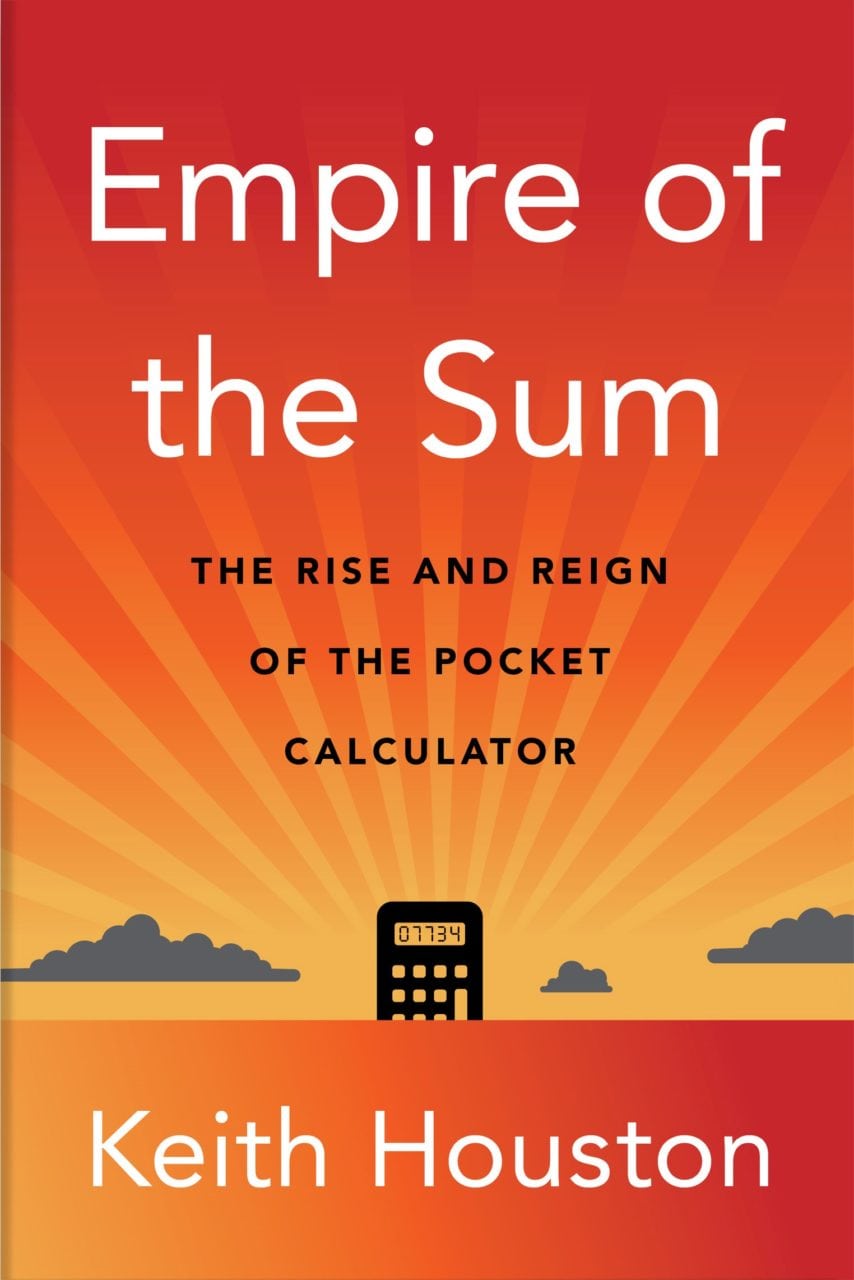My new book, Empire of the Sum: The Rise and Reign of the Pocket Calculator, will be published in the US tomorrow (‼️), the 22nd of August, and to mark the occasion I thought I’d post about some of my favourite calculators. Today, we’re looking at a calculator used by a remarkable person indeed: the late Katherine Johnson, a “human computer” and mathematician at NASA’s laboratory in Langley, Virginia.

Johnson joined NASA — or rather NACA, as it was, the National Advisory Committee for Aeronautics — at a time when segregation was still a fact of life. Her workplace, the West Area Computing section, was composed entirely of Black Americans. Yet Johnson would become an important figure in NASA history. Not only did she author or co-author a number of influential papers, but she was also John Glenn’s first port of call when the astronaut’s anxiety about NASA’s novel electronic computers got the better of him. Not fully trusting the machines with which his flight path had been calculated, Glenn asked for Johnson to re-run the computations on her desktop calculator. She did so, he was mollified, and the flight was a success, putting the USA back into contention in the ongoing space race.
A point of pedantry: the image here shows Johnson working at a desk bearing a MonroMatic 8N-213, although contemporary sources say her work on Glenn’s orbital trajectory was done on a Friden STW-10. That’s the calculator I talk about in the book, but really, the two machines are very similar — both were electrically-driven versions of more traditional mechanical calculators, and both worked on similar principles. But this is rather to miss the point: Johnson herself is the star of this particular story. Margot Lee Shetterly’s book, Hidden Figures, is a good place to learn more about Johnson’s life and work, which extended far beyond the Mercury program and Glenn’s part of it.
If you’d like to pre-order a copy of Empire of the Sum, this post will point you in the right direction. Today is also the last chance for American readers to enter a competition to win one of two copies! Visit this post to find out more.



